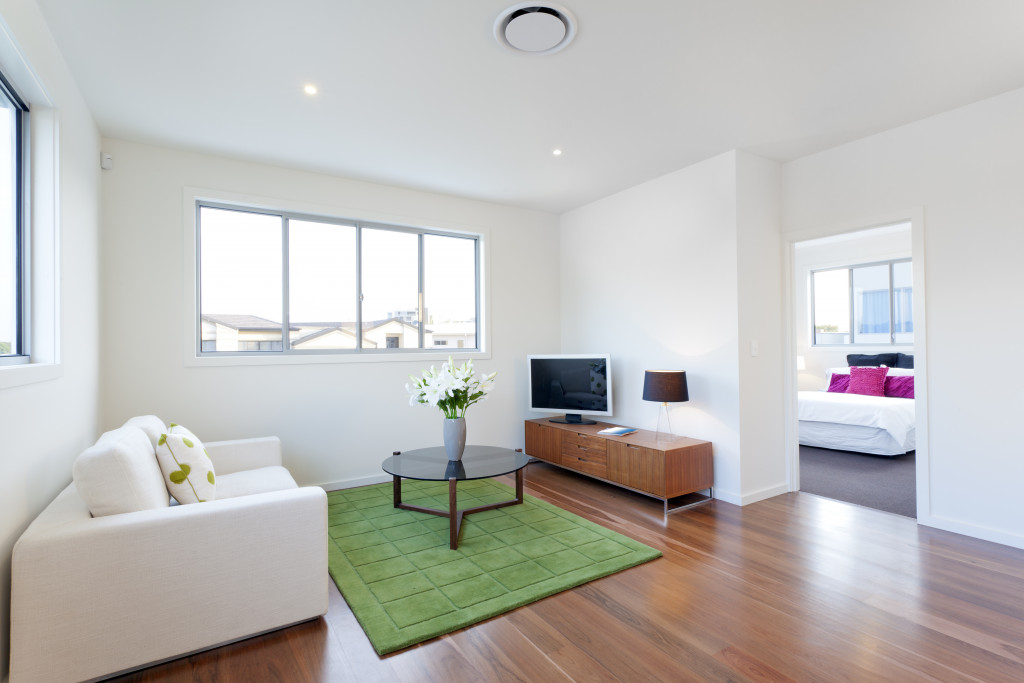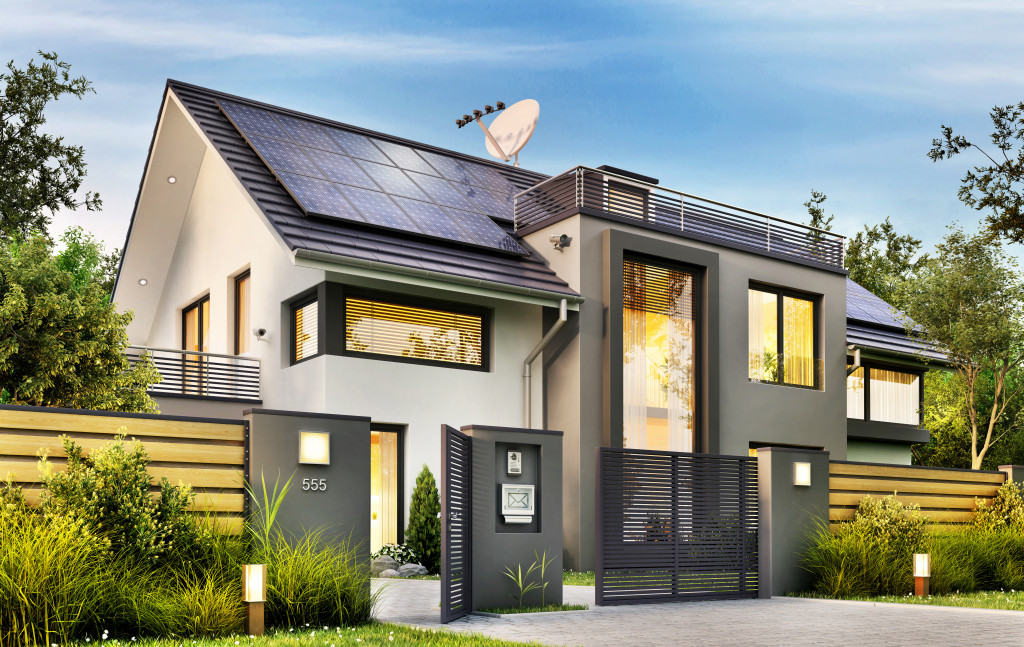- Design your family home using sustainable building materials like recycled concrete, eco-friendly insulation, and metal roofs.
- Optimize natural lighting and ventilation with large windows, reflective surfaces, light tubes, and clerestory windows.
- Hardwood flooring offers a durable, eco-friendly option with timeless aesthetic appeal and can be refinished rather than replaced.
- Using sustainable building materials promotes a healthier and greener lifestyle, ensuring your family’s health is not compromised.
Designing your family home is no easy feat. It requires careful thought and planning, especially when it comes to choosing the right building materials. Sustainable building materials ensure that your home is eco-friendly and protects the environment. Moreover, using sustainable materials ensures that your family’s health is not compromised. So, how can you design your family home using sustainable building materials? This article will highlight various tips that you can use to make your home eco-friendly and safe for your loved ones.
Use Recycled Materials
One way to promote sustainable building practices is to use recycled materials in your construction project. You can use salvaged materials such as reclaimed wood, bricks, and countertops. Not only are they eco-friendly, but they also add character to your home design. Here are other materials that you can use:
Concrete
Concrete is an incredibly versatile and durable material, commonly used as a foundation in many homes. However, it’s important to note that concrete can also be environmentally friendly. By choosing recycled concrete, you can utilize aggregate materials that would otherwise end up in landfills. This not only helps reduce waste but also minimizes the energy consumed during the production of new concrete.
Insulation
Insulation is another essential component in home construction, playing a pivotal role in energy efficiency. Opting for eco-friendly insulation options like cellulose, sheep wool, or recycled cotton can drastically reduce the need for artificial heating and cooling, thus lowering your home’s carbon footprint. These materials are not only sustainable but also safer as they do not contain harmful chemicals present in traditional insulation options.
Roofing
When it comes to roofing, sustainable materials are both a practical and eco-friendly choice. Metal roofs, for example, are durable, recyclable, and require little to no maintenance. They even have the added benefit of reflecting sunlight, reducing heat absorption, and keeping your home cooler in the summer months. Green roofs, which are partially or completely covered with vegetation and soil, are another excellent sustainable option.

Use Natural Lighting and Ventilation
Natural lighting and ventilation play a significant role in promoting your family’s health, and they help reduce your energy bills. Optimize daylight access by installing large windows and skylights that let in natural light. In addition, using operable windows and vents will help you control the air quality in your home. Here are other ways to optimize the use of natural lighting in your home:
Reflective Surfaces
Incorporating reflective surfaces in your home design can greatly enhance the distribution of natural light. This can be achieved by using light-colored paint, mirrors, or shiny floor materials, which can bounce light around a room and reduce the need for artificial lighting. Furthermore, reflective surfaces can contribute to creating a sense of spaciousness in your home. This strategy not only brightens your living space but also helps you save on energy costs in the long run.
Light Tubes
Light tubes, also known as sun tubes, are an innovative technology that significantly increases the amount of natural light in your home. These devices capture daylight at the roof and then channel it down through a reflective tube into interior spaces. This can provide a substantial amount of soft, diffused light to rooms that may not have access to windows or skylights.
Clerestory Windows
Clerestory windows are an architectural feature that can significantly increase the amount of natural light in your home. These windows are placed high up on the wall, usually at or near the roofline, allowing sunlight to penetrate deep into the interior spaces of your home. The design of these windows also ensures privacy and enables better air circulation. Furthermore, clerestory windows can contribute to energy efficiency by reducing the reliance on artificial light during the day.

Use Hardwood Flooring
Hardwood flooring is a fantastic sustainable option for your family home. Not only do durable hardwood floors offer a timeless aesthetic appeal, but they also provide a solid, long-lasting surface that can withstand the everyday hustle and bustle of family life.
Made from a renewable resource, hardwood floors can be refinished rather than replaced, which contributes to their sustainability. Besides, choosing local or FSC-certified hardwood can further ensure that your flooring option is environmentally friendly.
If possible, opt for a hardwood floor that has not been chemically treated or finished with synthetic coatings. This ensures that your floor is free from volatile organic compounds (VOCs), which are known to release harmful chemicals into the air.
Designing your family home using sustainable building materials is not only good for your family’s health and well-being but also protects the environment. Sustainable building materials ensure that your family’s health is not compromised, and they promote a healthier and greener lifestyle. By following the tips outlined in this blog post, you can successfully design a beautiful, eco-friendly, and safe home for your loved ones.

